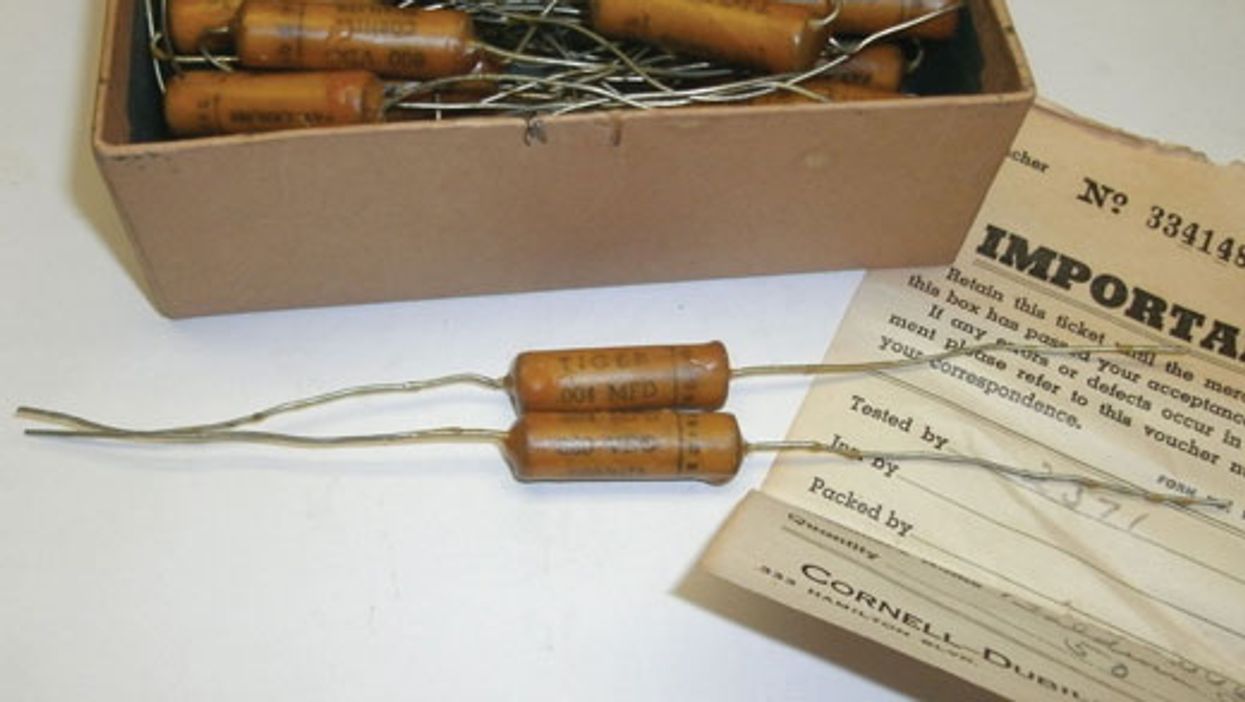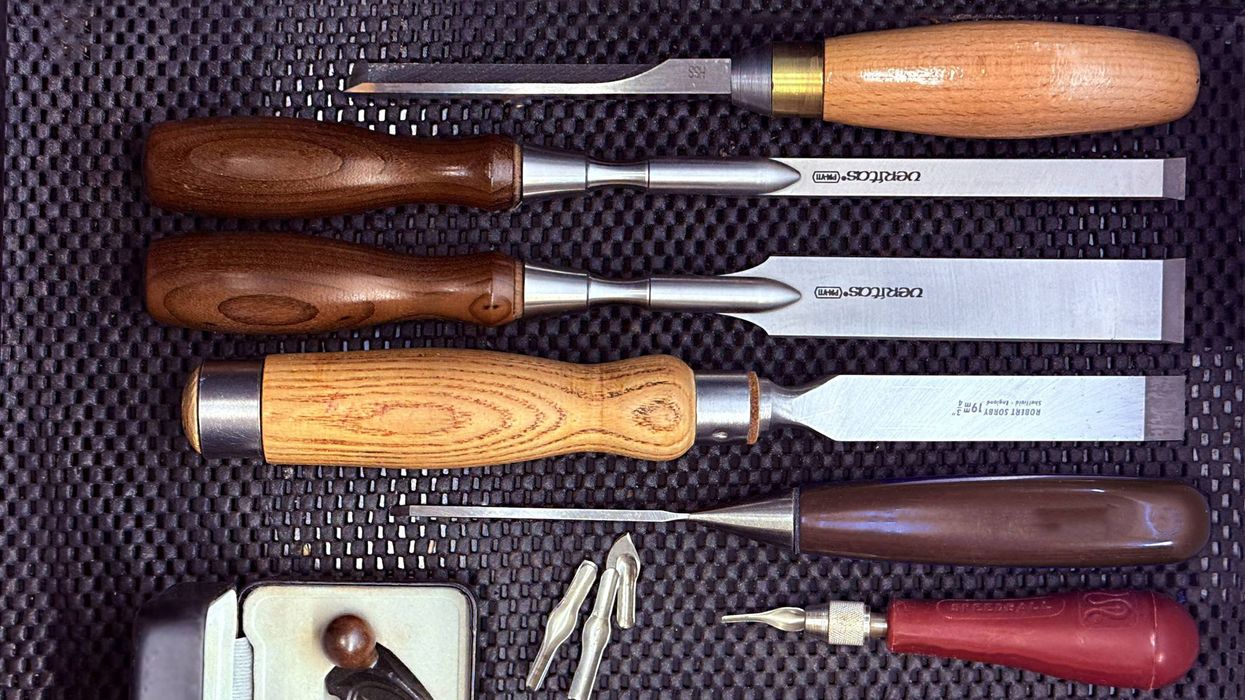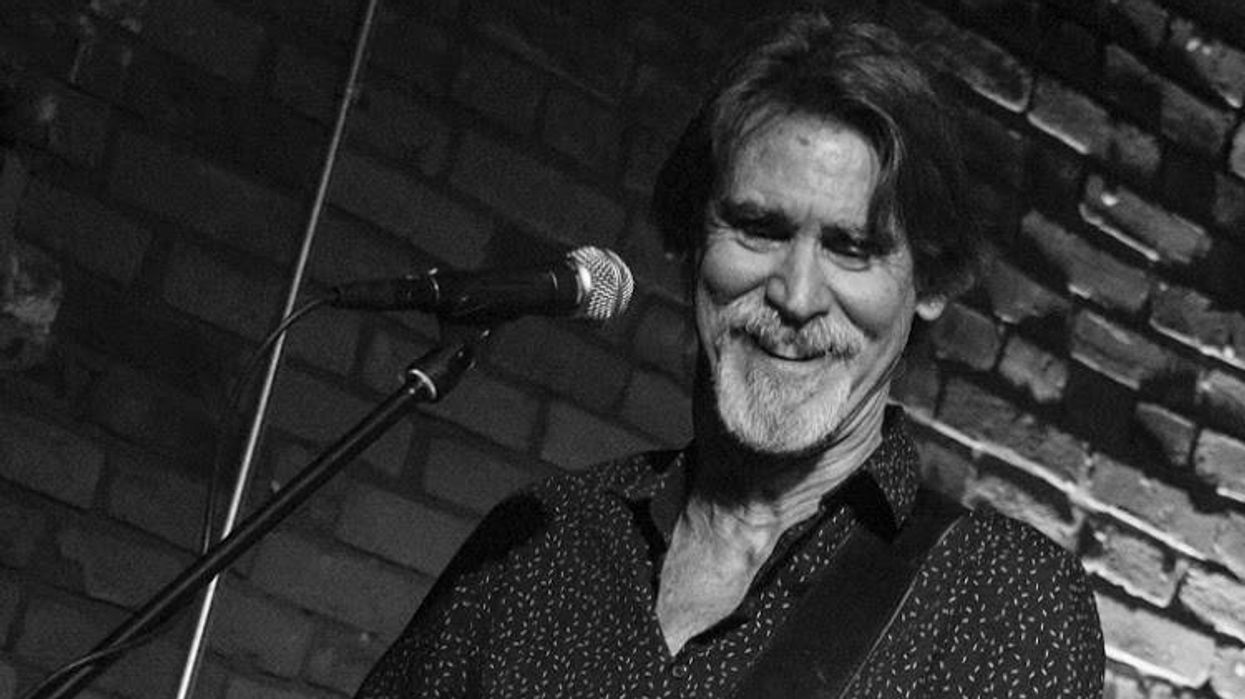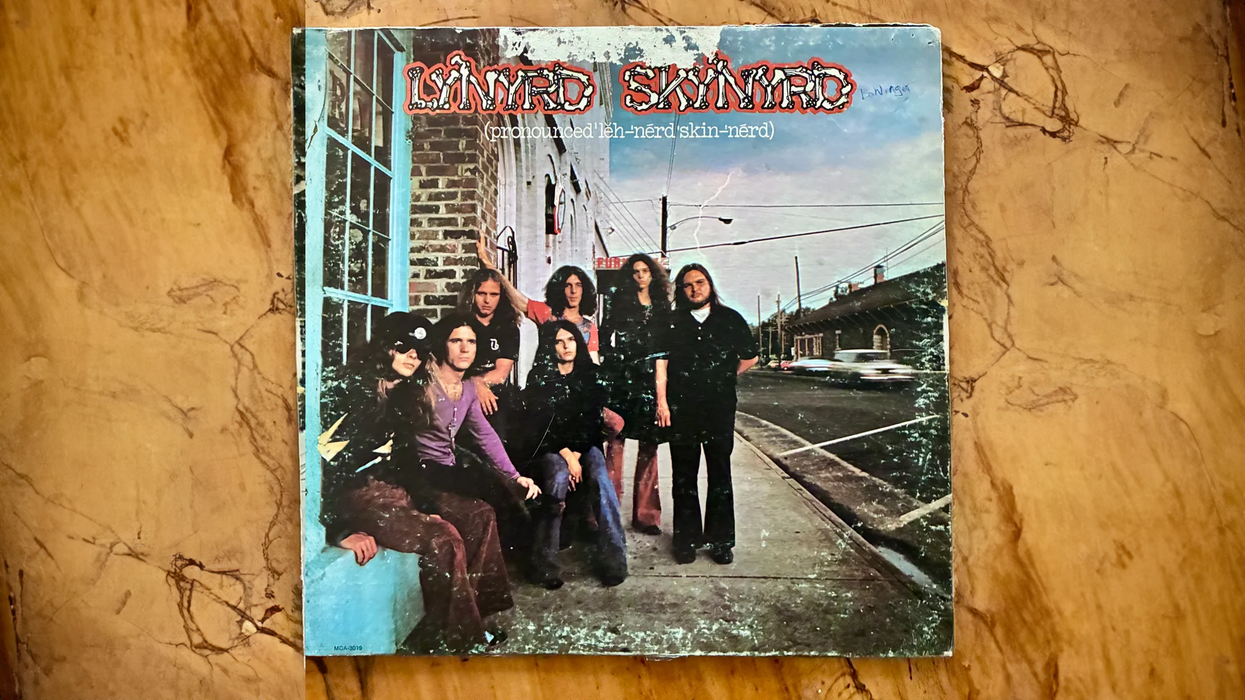Let's continue our deep dive into the passive tone control—that often neglected, yet potentially powerful sound-sculpting tool. Previously, we learned how the potentiometer and capacitor function in a passive tone system and why it's crucial to select these two components carefully. We also discussed how capacitor values have steadily decreased over the years, from Leo Fender's original 0.1 µF cap down to 0.022 µF—today's quasi-standard for single-coil pickups. If you missed this, take a moment to read “Dialing in the Passive Tone Control."
For most players, even a 0.022 µF cap makes the tone too dark and lifeless. The solution is to replace the tone cap with one that has even less capacitance, and thus turn the tone pot into a “warmth control." To do this, we'll experiment with capacitors in the picofarad (pF) range: specifically from 1000 pF up to 6800 pF. Here's what you can expect from five popular values that fall within this range.
• 1000 pF. This value provides a very subtle effect—perfect for warming up pickups with a lot of high end. Because it only affects the upper high-end frequencies, it's impossible to dial in a tone that sounds lifeless. This value, as well as all the following values, delivers useful control over the whole rotation of the tone pot, and every small turn of the knob yields an audible change without any of the dreaded “on-off" characteristics of most stock tone knobs.
• 2200 pF. Still subtle, this value is perfect for warming up strident pickups in the first half of the pot's rotation. Beyond this, it will start to slightly blanket the high end, yet you'll retain all the guitar's chime and overtones. This is also the ideal value if you want to warm up your distortion sound without making chords muddy.
• 3300 pF. My personal favorite—I have it in almost all my guitars and I recommend you give it a try. This value lets you go from warming up shrill sounding pickups in the initial third of the rotation to that “cocked wah" tone when you fully close the pot. In the last third of the rotation, it warms up your tone noticeably and imparts a vocal quality. This versatile value also produces stunning tone swells.
• 4700 pF. This is similar to the 3300 pF cap, but it delivers a little more of all the qualities I mentioned above. However, it can be difficult to simply tame shrill-sounding pickups using a 4700 pF cap, because the useable knob-rotation range for that task is so small. When fully closed, this value also shares the vocal quality of the 3300 pF cap, but tends toward a more throaty character—something the 3300 pF value lacks. Because it avoids any muddiness and allows perfect separation between the individual strings when playing power chords, the 4700 pF value is prized by many players craving round, fat distortion tones.
• 6800 pF. This value sits right on the border between a warmth control and a traditional tone control. But compared to the standard tone control values, 6800 pF preserves much more high end and chime, and, as with all the aforementioned values, offers finer controllability. While 4700 pF is throaty when fully closed, 6800 pF is raucous, yet still has a vocal quality. If you want an effective tone control that doesn't ruin top end and chime, this 6800 pF value is your ticket.
Naturally, you can try lower values than 1000 pF (470 pF or 680 pF, for example) or higher than 6800 pF (such as 8800 pF or 0.01 µF), but the 1000-6800 pF range has proven to be the most useful, and it satisfies the majority of players. It's not a big investment to get some caps in this range and try them out. That way you can determine what works best for your guitar and music.
All right, that's it for now. Next time we'll try something different: a collaboration with a PG reader from Russia who came up with a very flexible guitar-wiring scheme. I'm looking forward to sharing it with everyone. Until then, keep on modding!














![Rig Rundown: Russian Circles’ Mike Sullivan [2025]](https://www.premierguitar.com/media-library/youtube.jpg?id=62303631&width=1245&height=700&quality=70&coordinates=0%2C0%2C0%2C0)



